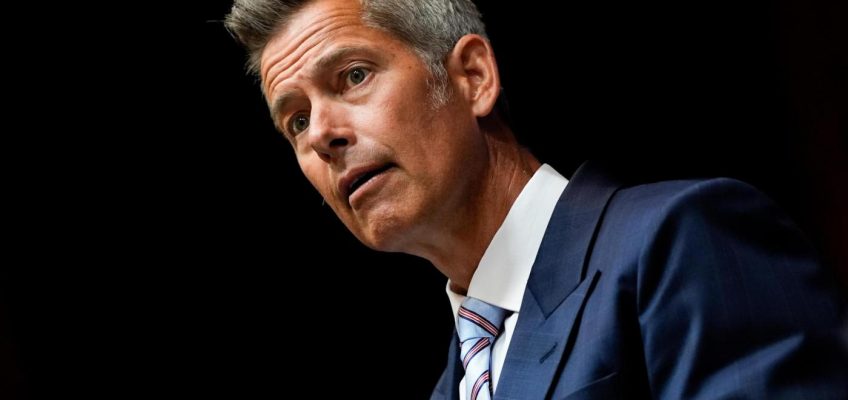Minnesota officials are telling local governments to stop approving new applications for food stamps after receiving a warning from the federal government that funding for the program could dry up if the ongoing government shutdown doesn’t end by November.
The Minnesota Department of Children, Youth, and Families has informed counties and tribal nations in the state that they couldn’t approve new SNAP applications after 10 p.m. on Wednesday, Oct. 15.
SNAP, or the Supplemental Nutrition Assistance Program, formerly known as food stamps, serves around 440,000 Minnesotans — approximately 8% of the state’s population.
“November’s SNAP benefits are at risk and may be unavailable if the shutdown continues,” the Department of Children, Youth, and Families said in a statement on its website.
Interruption of new applications is the first major disruption to state and local government in Minnesota since the shutdown started on Oct. 1.
SNAP benefits will remain funded through the end of the month, though the U.S. Department of Agriculture warned funding would expire in November, according to state officials.
The administration of President Donald Trump last week started warning states that there would be “insufficient funds” to cover SNAP benefits in November if the shutdown continues, Axios reported.
Ramsey County confirmed it had received word from state officials that it will need to stop approving benefits until the shutdown is over.
State officials earlier this month said that it will take time before the state can fully understand the effects of the government shutdown.
“Our current analysis is that the lapse in federal funds will have minimal impact on federally funded state activities in the short term,” Minnesota Budget Director Ahna Minge said during a briefing at the Capitol with Gov. Tim Walz on Oct. 2.
What’s causing the federal shutdown?
This year’s shutdown comes after President Donald Trump and Democrats failed to reach a on funding the government at the end of September.
Congressional Democrats seeking to preserve soon-to-expire health insurance subsidies for millions of Americans declined to support a Republican measure to fund the government through most of November. GOP leaders say keeping the subsidies would cost more than $1 trillion.
A partial government shutdown in late 2018 and early 2019 lasted 35 days, though food assistance was not interrupted. House Speaker Mike Johnson warned the 2025 shutdown could be the longest in history, the Associated Press reported Monday. As of Wednesday, there was no deal in sight.
Food shelves, hotline for food assistance
The Department of Children, Youth, and Families on its website noted that Minnesota has more than 300 food shelves and pointed to an online map as well as a hotline for food help: 1-888-711-1151.
Related Articles
Melvin Carter, Jacob Frey call for local gun ordinances, including ability to ban assault weapons in city limits
St. Paul mayor’s race: Debate over safety, homelessness, economic future
Minnesota firm on trans athletes policy amid renewed federal funding threat
Daniel Rosen to serve as next U.S. attorney for Minnesota
Tony Lazzaro, Minnesota GOP donor likened to Jeffrey Epstein, loses at Supreme Court




